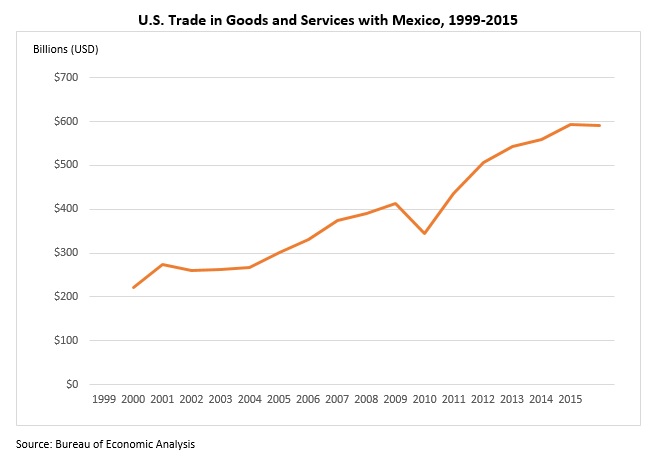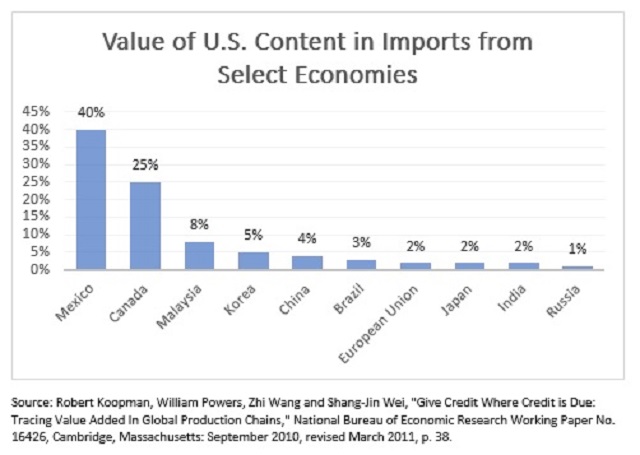President Obama will meet Mexico’s President Enrique Peña Nieto at the White House on July 22. This is a critical opportunity to stress the importance of U.S.-Mexico ties, to highlight the substantial progress in government-to-government cooperation, and to underscore how the U.S. campaign rhetoric is out of tune with the reality of the relations with Mexico. With the U.S. election approaching, it is more important than ever to preserve the unprecedented U.S.-Mexico collaboration that exists today.
U.S.-Mexico relations touch the daily lives of more citizens of each country than do ties with any other nation. We are linked by over 30 million U.S. citizens of Mexican heritage, by closely interconnected economies, by our 1,990-mile border, and by a shared environment. The two governments have established a comprehensive set of mechanisms that put bilateral relations in the best place in memory. Officials work together to solve problems and build opportunity across a wide spectrum of issues.
There is still much work to do to tackle the serious challenges and take advantage of opportunities. But, the simplistic explanations of the problems or solutions in the U.S. political debate distract us from the good work underway and the actions required to meet the challenges we share. As the United States prepares for a presidential transition, we should solidify the mechanisms and engagements that through hard policy and technical work are enhancing our nation’s economic and national prosperity and security.
Mexico and the United States have worked to overcome divisive history. In the last decade, both have made great progress in building a new legacy of collaboration. Governments moved away from finger pointing to focus on problem solving and cooperation. Some in both countries still give facile explanations for the problems faced. But critics miss the new engagement to find mutually beneficial ways forward and the degree of connectivity between our economies. The relationship has more potential to be “win-win” than ever before.
The economic connectivity is deep. We trade a million dollars a minute. Mexico is the US’ second biggest export market. Trade with Mexico is estimated to support up to 6 million (M) U.S. jobs and involves over 55,000 US companies, some 18,000 of which operate in Mexico.

Plus, up to 40% of a finished manufactured product that a customer in the United States buys from Mexico is U.S. content – much more than any other country in the world. And, Mexican companies have invested more than $ 17 billion in the United States, employing many tens of thousands of U.S. workers. Cross border travel brings billions of additional income to local communities. Approximately a million people cross the border legally each day, and in 2015 over 25 M Americans and 17 M Mexicans stayed at least one night in the other country.

Contrary to the campaign rhetoric, most of the lost US manufacturing jobs seem to be due to competition from China and new technology, not trade with Mexico. While jobs have moved to Mexico, others have been created and saved by the growing trade and the cross border production chains. Workers left behind should be helped with better retraining and placement programs. But, we should not be misled to think that “fixing” trade with Mexico will “fix” the plight of those who lost jobs.


























